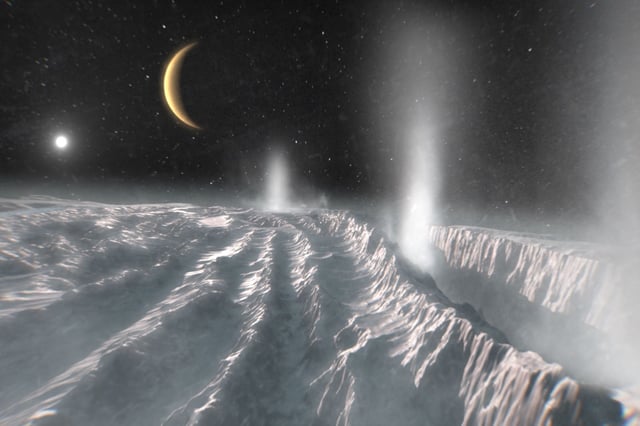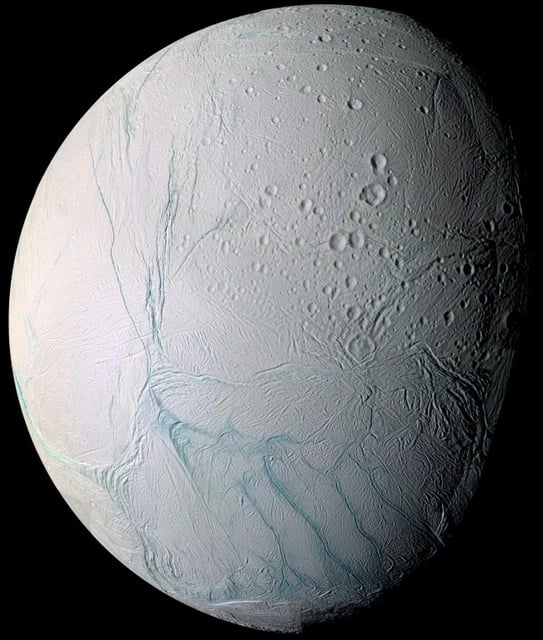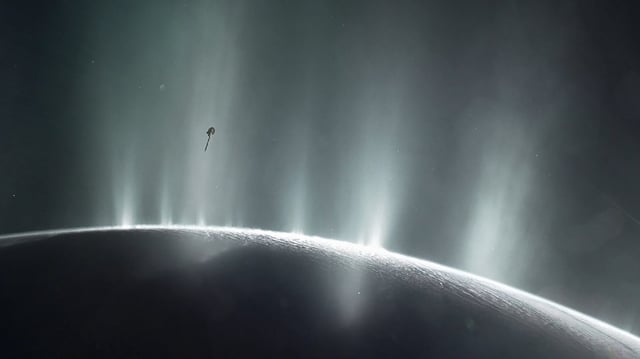Overview
- Published in Nature Astronomy, the study identifies newly detected organic fragments including aromatics, aldehydes, esters, ethers and alkenes, with hints of nitrogen–oxygen species.
- Signals come from ice grains that hit Cassini’s Cosmic Dust Analyzer at about 18 km/s, enabling the first detailed chemistry from freshly ejected material rather than older E-ring grains.
- The same organics seen in Saturn’s E ring are present in the fresh plume grains, confirming an origin in Enceladus’s subsurface ocean.
- Combined with earlier detections of salts, hydrogen and phosphates, the results point to five of the six CHNOPS elements at Enceladus, with sulfur still unconfirmed.
- Separate DSMC supercomputer modeling published Sept. 30 revises Enceladus’s plume mass-loss rates downward by roughly 20–40%, refining expectations for material available to future sampling missions.



